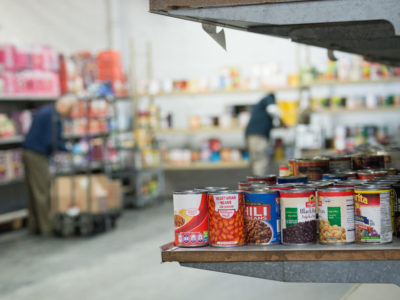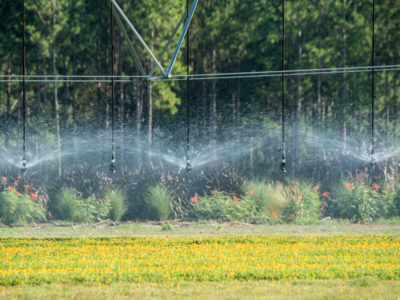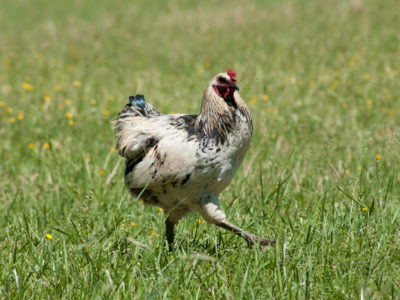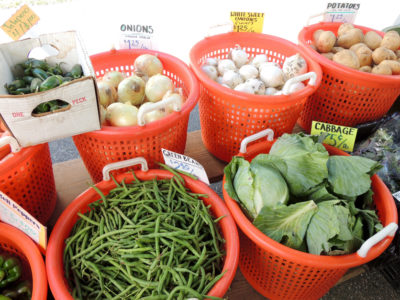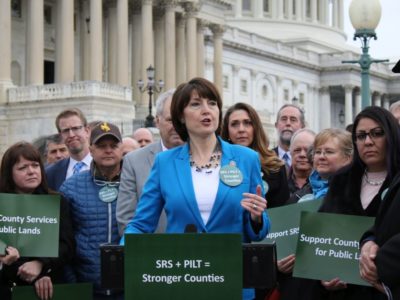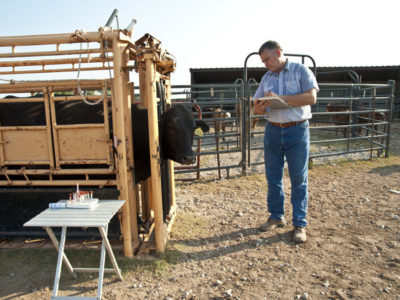We use cookies to provide you with a better experience. By continuing to browse the site you are agreeing to our use of cookies in accordance with our Privacy Terms and Cookie Policy
ARTICLES
Non-profit food banks help turn food waste into food rescue
11/21/18 6:11 AM
By Jonathan H. Harsch
Read More
California farmers racing to boost irrigation efficiency
11/14/18 6:30 AM
By Jonathan H. Harsch
Read More
Will California’s new animal confinement rules go national?
11/14/18 5:52 AM
By Jonathan H. Harsch
Read More
Heartland Summit, Vilsack spotlight rural development needs
10/24/18 6:19 AM
By Jonathan H. Harsch
Read More
Public-lands counties fighting for permanent federal payments
07/25/18 6:35 AM
By Jonathan H. Harsch
Read More
USDA battles costly shortage of food-animal veterinarians
05/30/18 6:35 AM
By Jonathan H. Harsch
Read More



